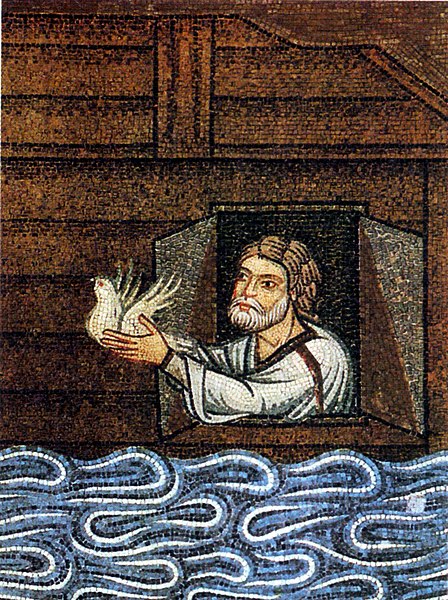In the Book of Genesis, the curse of Ham is described as a curse which was imposed upon Ham's son Canaan by the patriarch Noah. It occurs in the context of Noah's drunkenness and it is provoked by a shameful act that was perpetrated by Noah's son Ham, who "saw the nakedness of his father". The exact nature of Ham's transgression and the reason Noah cursed Canaan when Ham had sinned have been debated for over 2,000 years.
Noah damning Ham, a 19th-century painting by Ivan Stepanovitch Ksenofontov
Noah curses Ham by Gustave Doré
A Redenção de Cam (Redemption of Ham), by Galician-Brazilian painter Modesto Brocos, 1895, Museu Nacional de Belas Artes. The painting depicts a black grandmother, mulatta mother, white father and their quadroon child, hence three generations of racial hypergamy through whitening.
Noah appears as the last of the Antediluvian patriarchs in the traditions of Abrahamic religions. His story appears in the Hebrew Bible, the Quran and Baha'i writings. Noah is referenced in various other books of the Bible, including the New Testament, and in associated deuterocanonical books.
Noah's Sacrifice by Daniel Maclise
12th-century Venetian mosaic depiction of Noah sending the dove
Noah curses Ham by Gustave Doré
Genesis Apocryphon, a portion of the Dead Sea Scrolls that features Noah






